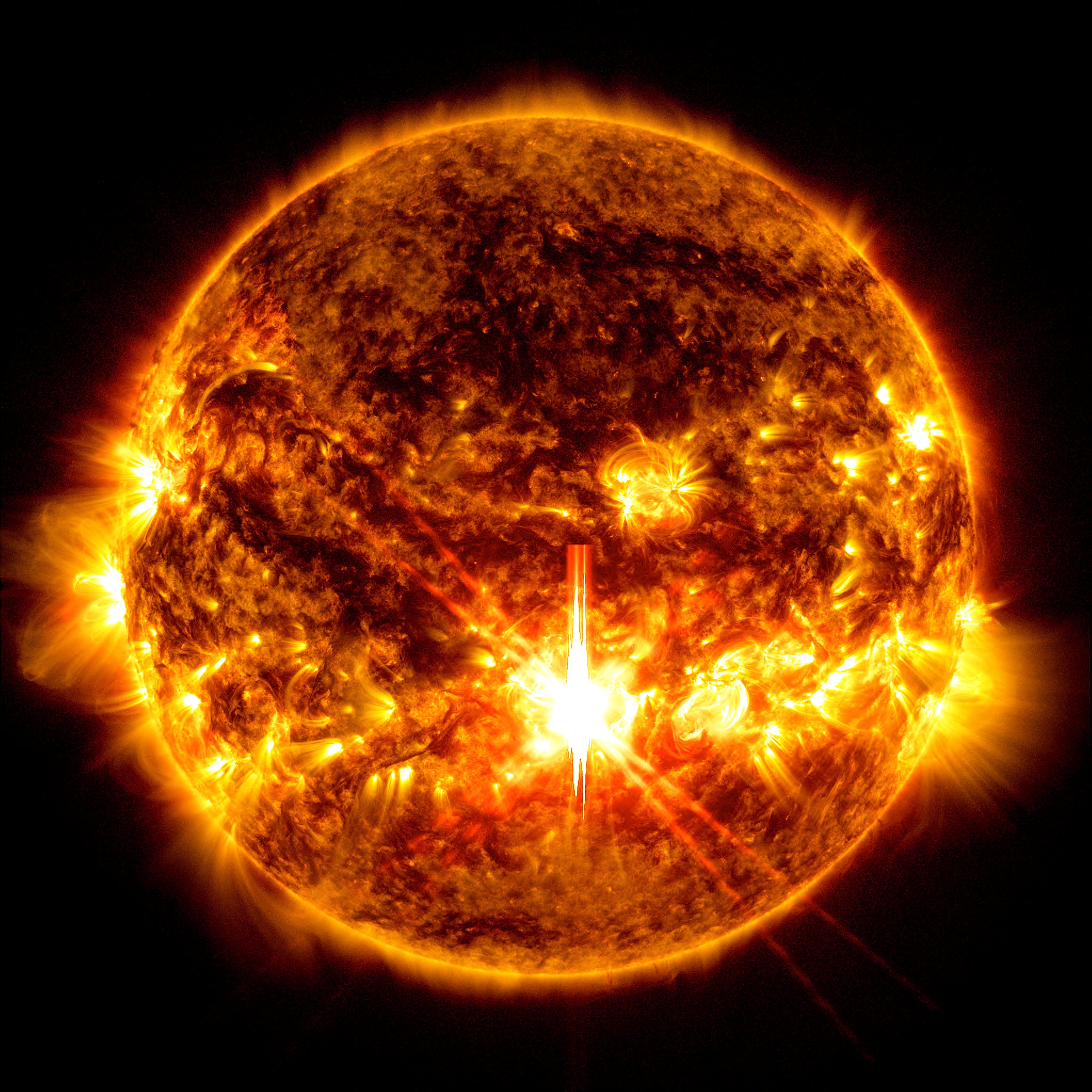Where to see the Northern Lights over UK tonight
Chance aurora borealis will be visible across large parts of the country
Your support helps us to tell the story
From reproductive rights to climate change to Big Tech, The Independent is on the ground when the story is developing. Whether it's investigating the financials of Elon Musk's pro-Trump PAC or producing our latest documentary, 'The A Word', which shines a light on the American women fighting for reproductive rights, we know how important it is to parse out the facts from the messaging.
At such a critical moment in US history, we need reporters on the ground. Your donation allows us to keep sending journalists to speak to both sides of the story.
The Independent is trusted by Americans across the entire political spectrum. And unlike many other quality news outlets, we choose not to lock Americans out of our reporting and analysis with paywalls. We believe quality journalism should be available to everyone, paid for by those who can afford it.
Your support makes all the difference.The Northern Lights could put on a show across the UK tonight with recent solar flares creating the potential for a “breathtaking” display.
The display, also known as aurora borealis, is most likely to be visible from Scotland, Northern Ireland and northern England.
However, there is potential for the lights to be seen further south, as in May this year, due to intense activity on the Sun.
According to the Met Office, “Saturday night has the greatest likelihood of aurora sightings further south, across central England”.

Those keen to catch a glimpse of the shades of green and purple dancing across the sky are most likely to catch the spectacle late at night – usually from 11pm to 12am onwards.
“To maximise your chances of viewing the aurora, the sky needs to be as clear as possible.
“Look northwards and try to find a place with dark skies, ideally away from a city where light pollution can interfere with the view,” Silvia Dalla, professor of solar physics at the University of Central Lancashire said.
A large solar flare on Thursday is behind this expected increase in space weather activity.
The lights are caused by solar storms reacting with gases in Earth’s atmosphere.
Nasa’s Solar Dynamics Observatory, which constantly watches the Sun, captured a huge flare – powerful burst of energy – on Thursday.
Flares and solar eruptions can impact radio communications, electric power grids, navigation signals, and pose risks to spacecraft and astronauts.
This flare is classified as an X9.0 flare. According to Nasa, X-class denotes the most intense flares, while the number provides more information about its strength.
Prof Dalla said: “Solar flares and fast coronal mass ejections (CMEs) are large expulsions of plasma and magnetic fields.
“This strong geomagnetic activity results in breath-taking displays of the Northern Lights.
“If we get a repeat of the solar situation we saw in mid-May, we will potentially see more spell-bounding auroral activity across the UK skies.”
Dr Steph Yardley, a space scientist at Northumbria University, said the region of the Sun which has been producing the flares, has been particularly active.
She explained: “This region on the Sun is one to watch as it has been quite active over the past few days, previously producing another strong flare on October 1 that was also associated with a solar eruption.
“Both eruptions associated with the strong flares are Earth-directed and we expect them to impact us sometime between October 4-6, meaning auroras might be visible in Scotland and North England during this period.”
